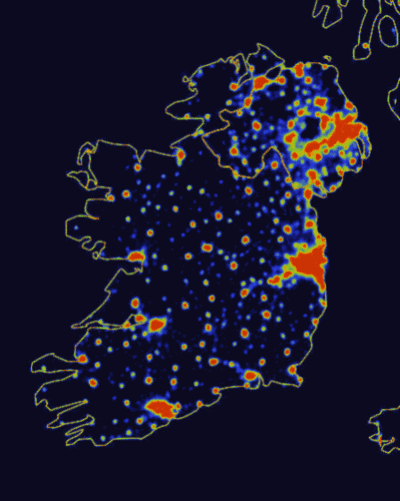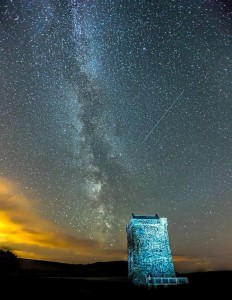Source: Irish Times, Tue, Nov 28, 2017, 00:00

We have an ongoing problem with a neighbour whose outside security light shines down the length of the small terrace and into our bedroom window every night. Due to its irregular operation, if someone walks past or a leaf flutters in the nearby bush, we are getting broken sleep, waking at 2am, 3am, 4am and sometimes 5am due to the light on our bedroom wall.
We initially approached it amicably by asking our neighbour if they could move the light to the opposite wall where it would still light their property but not all the other gardens in the back of the houses. We were told in no uncertain terms that it would not be moved. We are now in the fourth year of dealing with this and have been told not to approach the woman of the house but the husband and not to talk to him again, and remove ourselves from their property. What are my options at this stage?
It is regrettable that your neighbour appears so unreasonable. It really is very difficult to deal with someone like this.
The District Court has a process (District Court rules 1997 order 96 rule 8) which is often used whereby you can bring a neighbour to court for noise pollution but unfortunately it only covers noisy neighbours and nothing else.
You could try complaining to An Garda Síochána but I imagine they will not want to get involved as they will consider it a civil matter and not a criminal one. The Environmental Protection Agency received some representations in a public consultation process in 2012 regarding light pollution but unfortunately it has stated that it has no function in that regard.
Presuming that you have already installed heavy curtains with blackout lining and blackout roller blinds then a possible route would be to see if the neighbour would engage with you through an independent third party (someone acceptable to you and to him) to hammer out some sort of agreement by mediation. As a general rule if neither you nor he is 100 per cent happy with the deal that is reached then it’s a good deal. This is the cheapest of three main options.
Court
A second and more expensive option is taking him to court. What you are complaining of here is a nuisance which in legal terms is called a tort (not to be confused with a dessert Ross O’Carroll-Kelly might eat!). It’s basically a civil wrong.
If a tort has been committed then you can sue on foot of it. It is reasonably foreseeable that his floodlight would have the effect of waking up his neighbours so he owes you a duty not to disturb you or your fellow sleep-deprived neighbours with the floodlight. To definitively deal with the matter and enforce your right to a decent night’s sleep, you would have to initiate court proceedings, seeking an order from a judge compelling your neighbour to cease the nuisance. As with all court cases, it can be a very lengthy process, the costs can rack up quickly and you may not get the redress you seek. It is very important to remember before you embark on a court case that the outcome is never guaranteed.
The third and nuclear option would be, of course, to consider moving house which seems quite drastic but ultimately you may have no choice, particularly if you do not fancy going to court.
Paul Stack is a solicitor at P&G Stack Solicitors




